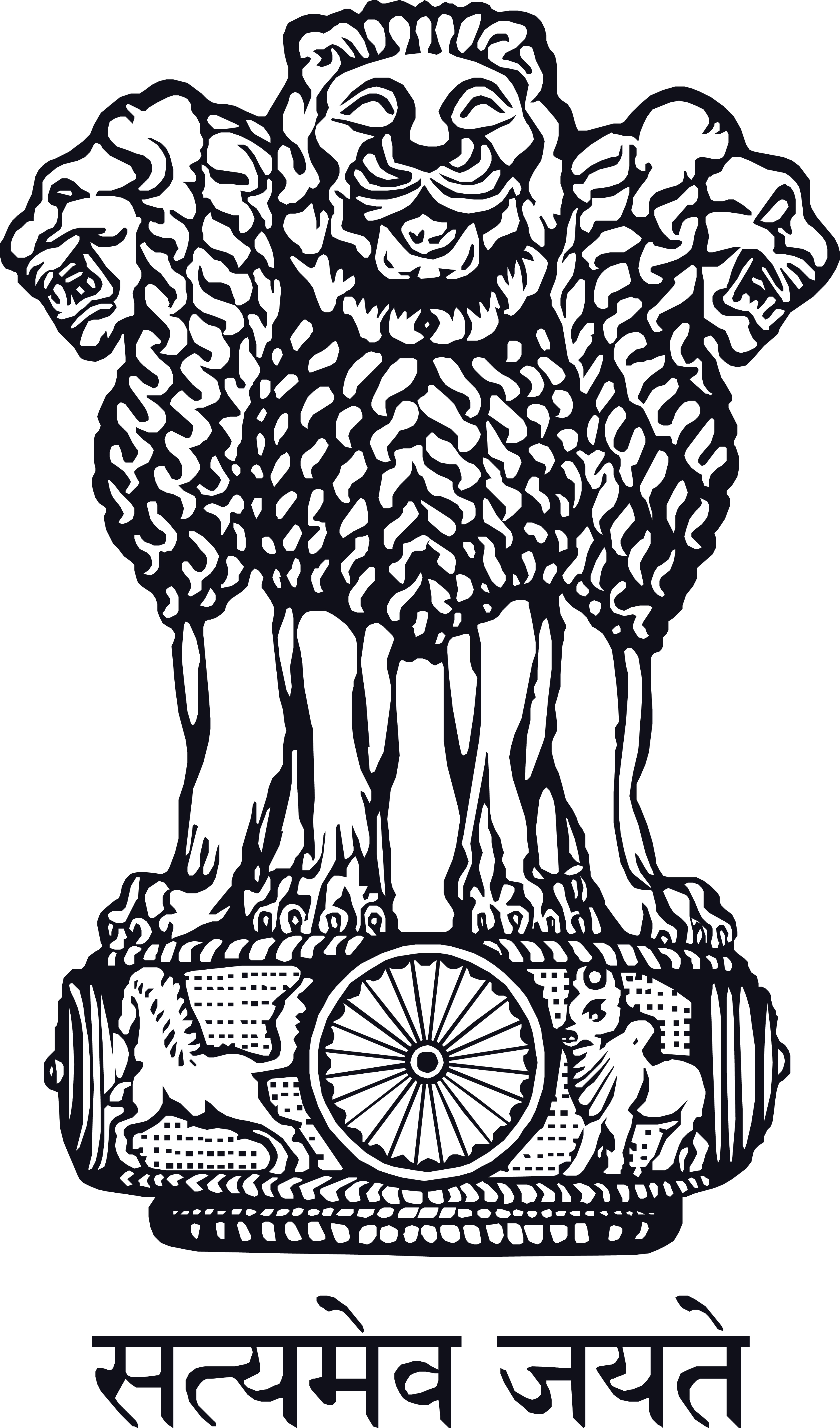Principles of Sowa-Rigpa
Philosophical Background
The fundamental text book rGyud-bZhi(Four Tantras) of Sowa-Rigpa is believed to have been taught by the Buddha and is therefore closely linked to Buddhist philosophy. Accordingly, it is believed that beings even in their healthy state are ‘sick’ until the attainment of Nirvana and even though disease may not manifest, it is always present in dormant form until one eliminates the root cause of sickness, namely, ‘Ignorance’. Ignorance gives rise to three basic causes of sickness, i.e hDod-Chhags (desire/lust) root cause of rlung (Vata, wind energy), Zhe-sDang (anger) root cause of mkhris-Pa (Pitta, Bile/heat energy) and gTi-Mug (mental darkness) root cause of Bad-Kan (Kapha, Phlegm/cool energy). All animate and inanimate phenomena of the universe are composed of the same material based on hByung-Ba-lNga(five elements) interdependent on the Karma of all the living beings. The behaviour and conduct of physicians and patients are also largely based on Buddhist principles. The Buddhist Tantra and Mantra rituals play a very important role in the treatment of patients.
As per the principles of hByung-Ba-lNga and Nyes-Pa-gSum, all phenomena of this universe are composed of hByung-Ba-lNga; namely Sa, Chhu, Me, rLung and Nam-mkhah (roughly translated as earth, water, fire, wind and space or Dharti, Jal, Agni, Vayu and Akash). The science of physiology, pathology and pharmacology of this system are established on these theories. This means that the human body is composed of these five cosmo-physical elements of hByung-Ba-lNga, and any imbalance in the ratio of these elements in our body results in disorders. The medicine and diet used for the treatment of disorders are also composed of the same five elements. In our body these elements are present in the form of three energies called Nyes-Pa-gSum (three humours), seven physical constituents/ Sapt Dhatucalled Lus-Zungs-bDunand three excretions or Tri-mala called Dri-Ma-gSum. In medicines, dietary products and beverages, they exist in the form of Ro-Drug (six tastes) Nus-Pa-brGyad (eight potencies),Yon-Tan-bChu-bDun (seventeen qualities/properties) and Zhu-rJes-gSum (Three post-digestive tastes). In view of this theory, a physician would use his knowledge, skills and experience in treating a patient by using the theory of similarity and dissimilarity of five elements.
Healthy and Unhealthy Body
A healthy body is typified as a state of balance of three humours (Nyes-Pa-gSum), seven physical constituents (Lus-zungs-bDdun) and three excretions (Dri-Ma-gSum) in the body with complete harmony of five aggregates (five senses). The three humours are wind (rlung), bile (mkhris-Pa) and phlegm (Bad-Kan) which are further classified into five different kinds for each humour. Seven physical constituents are nutritional essence, blood, muscle tissue, fat tissue, bone tissue, bone marrow and regenerative fluid; the three excretions are stool, urine and sweat. Humours are the biological representative of five elements, physical constituents are the basic tissue elements of the body and excretions are the waste product of the body whose proper elimination is essential for good health. Whether the state of a body is healthy or unhealthy is largely dependent on the balance and imbalance of these twenty-five elements based on proper diet and behavioural patterns. The subject of human body is explained in Sowa-Rigpa in great detail with different chapters on embryology, anatomy, physiology, neurology etc. explained in an appropriate manner with functions of each and every part of the body.
Outline of Disease
Sowa-Rigpa is closely linked with Buddhist philosophy, wherein it is believed that all the breathing creatures on the earth are sick until the root cause, namely, ignorance is removed. Due to ignorance three mental poisons anger, desire and mental darkness are born with us – and act as basic origins of illness. When the ratio of three humours wind, bile and phlegm is imbalanced due to circumstantial conditions such as diet, lifestyle, seasonal and mental conditions, it gives rise to different kinds of disorders. Diseases can be classified through different means such as location in the body, type, etc. The presence of 84 thousand different types of afflictive emotions in the mind gives rise to 84 thousand different kinds of diseases. These can be condensed into 1016 kinds, further into 404 kinds, and then into 101 kinds, into three humours and finally into two kinds, namely hot and cold disorders.


